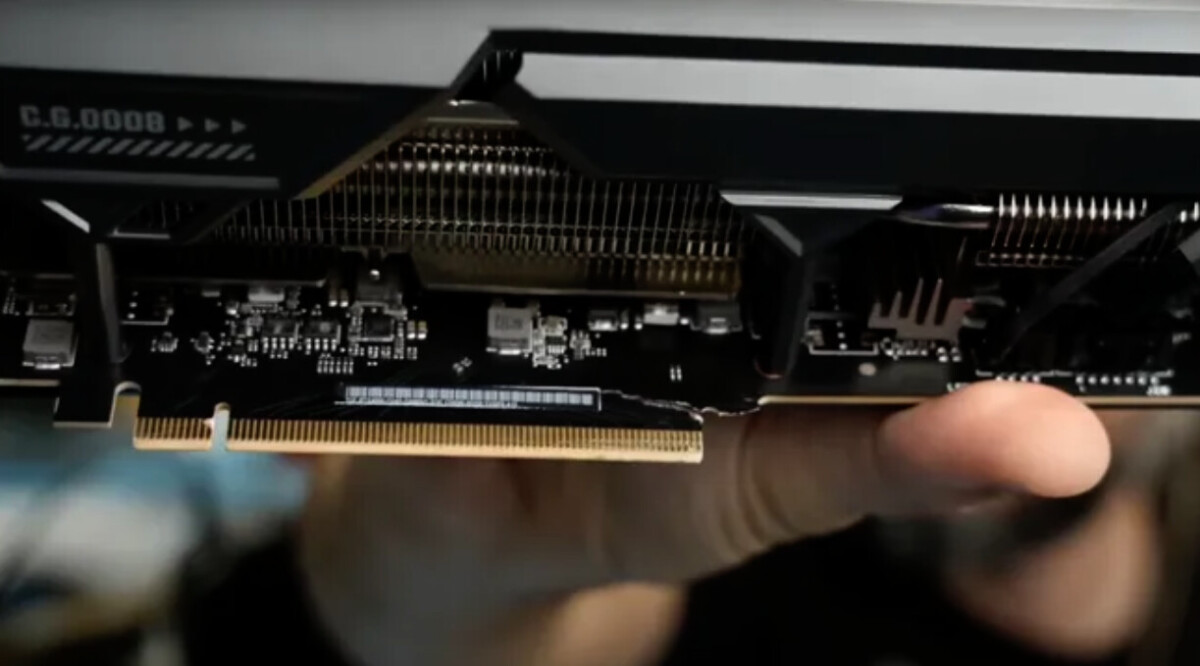Keen to do the right thing, Gigabyte has launched a motherboard with a sufficiently reinforced PCIe port to be able to support a graphics card weighing just over 58 kilos. An initiative, especially symbolic, which will unfortunately not solve the problems of cracked PCBs observed on certain RTX 4090 models.
It will not have escaped your attention that graphics cards are becoming heavier and heavier, particularly at the high end. To counterbalance this increased bulkiness of the latest generation GPUs, mounting brackets and other third-party accessories are flourishing among resellers, but some motherboard manufacturers are also trying to provide a solution to the problem.
At Gigabyte, this effort has taken a rather impressive turn. On its B650E Aorus Pro And for good reason, the latter can accommodate a graphics card weighing up to 128 pounds… or a little more than 58 kilos.
A symbolic (or marketing) measure, which actually doesn’t do much good…
In this case, Gigabyte explains that it is using a very clearly reinforced UD Slot X PCIe slot. The brand claims to use a design offering 10 times more resistance than competing models. In detail, the PCIe slot in question is designed in one piece. The latter is attached to the motherboard, then screwed into place using a dedicated backplate. Gigabyte also mentions the presence of an interior rubber band, intended to limit the risk of scratches on the PCB of the graphics card, and finally indicates that it uses a zinc alloy serving as an electromagnetic shield to protect high-speed signals.

As pointed out Tom’s Hardware, PCIe UD Slot However, this is the first time that a manufacturer has officially announced a maximum weight “takeaway» for the PCIe slot of a motherboard. And 58 kilos of maximum load is a lot. Too much even, because if high-end graphics cards, particularly from Nvidia, are indeed increasingly heavier, none in reality approaches such a significant weight. For example, an RTX 4090, Nvidia’s heaviest consumer card to date, weighs 2.34 kg.

On the other hand, it can be argued that this figure concerns the maximum load supported in the case of an impact or shock. In this case, inadvertently tapping a graphics card attached to this B650E Aorus Pro X USB4 motherboard would have no chance of damaging its PCIe port. That being said, this scenario remains rare and Gigabyte is not responding, through this initiative, to the real problem: the cracked PCBs observed mainly on certain GeForce RTX 4090 models.
In this case, the manufacturer can do nothing with this new motherboard, since the break is observed at the PCIe connector of the graphics cards in question. It is this connector, and the fragile prominence that accompanies it, that graphics card manufacturers will have to be able to better reinforce in the future to avoid any problems over time.
